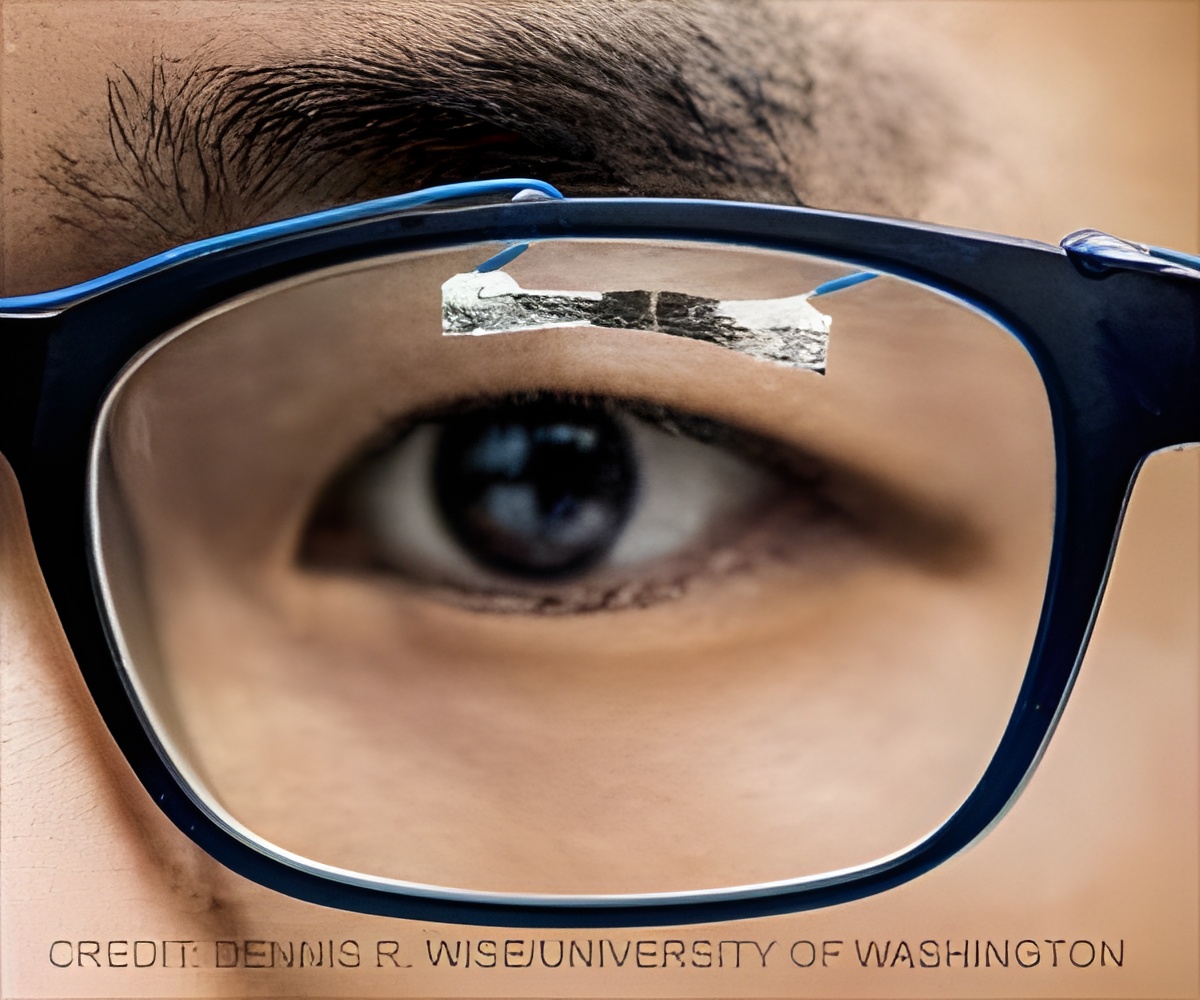A novel disposable band aid-sized wearable sensor has now been developed to monitor your minute-by-minute activity such as your pulse, eye blinks and even walking pace.

‘The band aid-sized sensor can detect heartbeats, finger force, finger movements, eyeball movements and so much more. It has a variety of applications such as that of monitoring a person's gait and to inspect brain functions.’





Researchers, in the journal Advanced Materials Technologies, showed that by tearing a tissue paper that is loaded with nanocomposites and breaking its fibres, the paper acts as a sensor. It can detect a heartbeat, finger force, finger movement, eyeball movement and more, said Jae-Hyun Chung, Associate Professor at the University of Washington.
"The major innovation is a disposable wearable sensor made with cheap tissue paper. When we break the specimen, it will work as a sensor," Chung said.
These small, band aid-sized sensors could have a variety of applications such as monitoring a person’s gait, the movement of their eyes, and to inspect brain function or a game player’s actions.
The sensor could also track how a special-needs child walks in a home test, as well as in occupational therapy for seniors.
Advertisement
For the research, the team used conventional paper towels, then doused them with carbon nanotube-laced water.
Advertisement
To trace eye movement, they are attached to a person’s reading glasses.
For now, the work has been contained to a laboratory, and researchers are hoping to find a suitable commercial use.
Source-IANS









